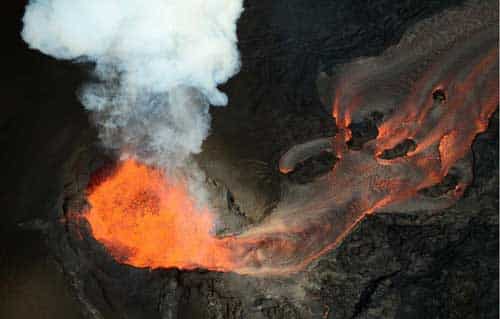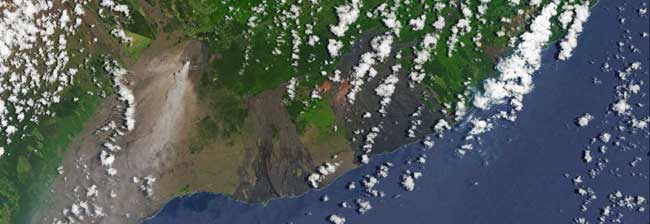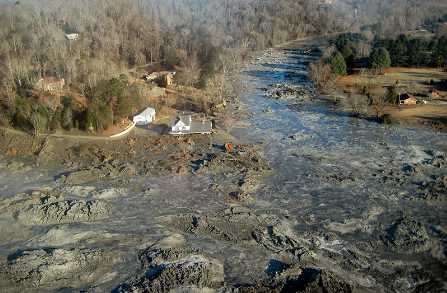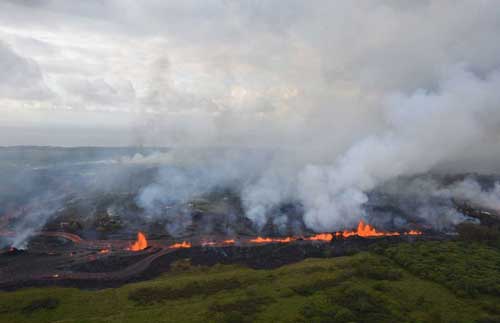
Residents on Hawaii’s Big Island felt more tremors Friday and braced for the possibility of more lava flows from the Kilauea volcano, more than a week after the latest eruption began.
More than a dozen fissures have opened in the ground near the volcano, releasing lava that has destroyed at least 26 homes. About 2,000 people have been evacuated, mostly from two neighborhoods on the Big Island.
Scientists are warning that an explosive eruption could occur at the volcano’s crater within weeks, spewing boulders and ash. The news has prompted Hawaii Volcanoes National Park to close.
Officials say they do not believe an eruption would be life-threatening to people, provided they stay out of the park and evacuation zones.
Authorities say they have removed pentane, a flammable liquid, from a geothermal plant in the area to prevent possible explosions there. Residents and officials remain concerned about potential explosions and toxic gas leaks from the plant’s underground wells, which provide heat for energy production.
Hawaii Governor David Ige asked President Donald Trump on Thursday to declare the state a disaster zone, which would allow direct federal aid to the state.[xyz-ihs snippet=”adsense-body-ad”]Kilauea’s eruption began last week after the crater floor of a long-active side vent to the volcano collapsed. Last Friday, Hawaii experienced a magnitude 6.9 earthquake near the southern part of the volcano, the island’s largest tremor in more than 40 years.
Officials have warned about high levels of sulfur gas in the air that could threaten the elderly and people with breathing problems.
The Kilauea volcano has been erupting periodically for more than three decades. Lava flows from the volcano, one of five on the island, have buried an area about 125 kilometers square, according to the U.S. Geological Survey.
Scientists say they cannot predict how long the current eruption will last.
Source: VOA








